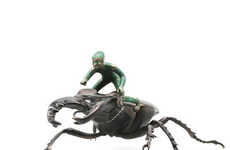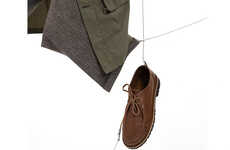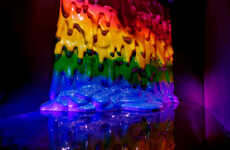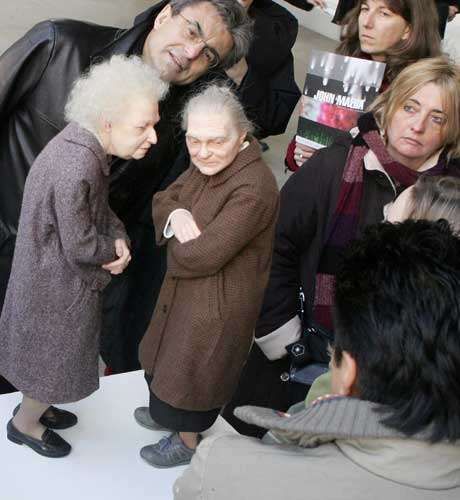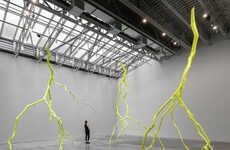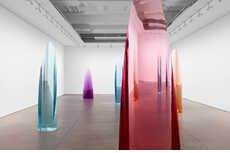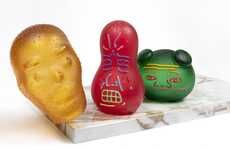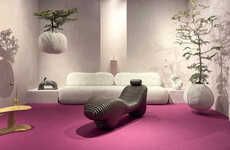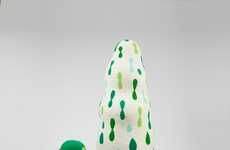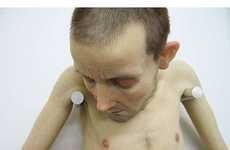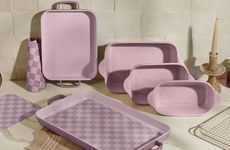
Ron Mueck Exhibition
Jeremy Gutsche — July 27, 2006 — Art & Design
References: crazyrussian & boingboing.net
Ron Mueck's latest exhibition features an array of giant lifelike sculptures, as well as several tiny lifelike sculptures. The disproportionate people are extremely eye catching. Each figure is shaped usin fiberglass resine and pretty much gauranteed to invoke a response.
Implications - Though an audience does normally enjoy an abstract piece of art, nothing is as attractive as a reflection of oneself. Today is the age of unabashed vanity, as blogs and social networks allow for personal profiles that put the spotlight on an individual. This is why consumers get a kick out of art that so closely resembles a human being, emulating a sense of familiarity and perspective simultaneously.
Implications - Though an audience does normally enjoy an abstract piece of art, nothing is as attractive as a reflection of oneself. Today is the age of unabashed vanity, as blogs and social networks allow for personal profiles that put the spotlight on an individual. This is why consumers get a kick out of art that so closely resembles a human being, emulating a sense of familiarity and perspective simultaneously.
Trend Themes
1. Lifelike Sculptures - The trend of creating lifelike sculptures, whether giant or tiny, can be utilized in various industries such as advertising, film production, and theme parks to provide immersive experiences for consumers.
2. Disproportionate Figures - The trend of creating disproportionate figures can be utilized in the fashion industry to challenge and expand traditional beauty standards and promote body positivity.
3. Emulating Familiarity - The trend of creating art that closely resembles a human being can be utilized in the healthcare industry to improve patient experiences and help patients feel more comfortable and at ease during medical procedures.
Industry Implications
1. Art - The art industry can use the trend of creating lifelike sculptures to attract a larger audience and create more engaging exhibits and installations.
2. Advertising - The advertising industry can use lifelike sculptures to create attention-grabbing ads that resonate with consumers and help increase brand recall.
3. Healthcare - The healthcare industry can use the trend of creating lifelike sculptures to improve patient experiences and help patients feel more comfortable and at ease during medical procedures.
4
Score
Popularity
Activity
Freshness


